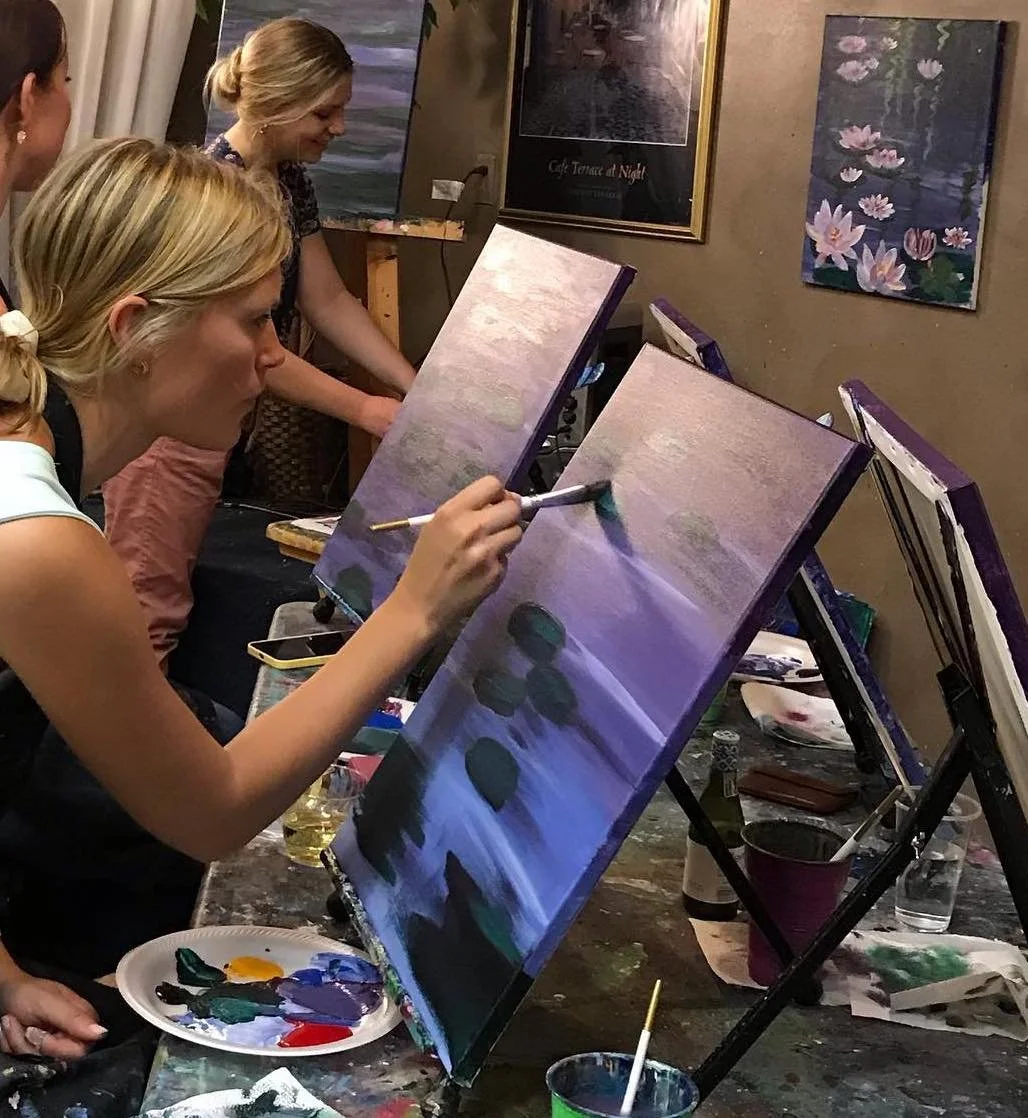The Art of Feedback
Giving and Receiving Criticism at Paint and Sip
Engaging in a paint and sip event is a delightful experience that combines creativity with social interaction. While the primary goal is to enjoy the process of creating art, feedback is an essential part of the experience that can help participants grow as artists. In this blog post, we will explore the art of giving feedback, the benefits of receiving constructive criticism, and tips for making the most out of your paint and sip sessions.
The Importance of Giving Feedback
Giving feedback is an integral part of any artistic endeavor. It helps artists understand their strengths and areas for improvement. However, giving feedback at paint and sip events requires a delicate balance to ensure that it is both constructive and encouraging.
Constructive Feedback Techniques
When giving feedback, it is crucial to focus on constructive criticism. This means highlighting specific areas where improvement is needed while also acknowledging the positive aspects of the artwork. Here are some techniques for providing effective feedback:
Be Specific: Instead of vague comments like "This is nice," offer specific observations such as, "I love how you used contrasting colors in the background. It really makes the foreground stand out."
Be Balanced: Balance your feedback by mentioning what works well and what could be improved. For example, "The overall composition is strong, but you might want to add more detail to the foreground to create depth."
Be Encouraging: Ensure that your feedback is encouraging and motivating. Use positive language and focus on the potential for growth. For instance, "Your use of color is fantastic, and with a bit more practice on shading, your paintings will be even more dynamic."
Creating a Supportive Environment
A supportive environment is essential for effective feedback. At our Stroke of Genius Art Studio, we emphasize the importance of creating a welcoming and positive atmosphere. Here are some ways to foster a supportive environment:
Respect Each Other's Work: Always approach feedback with respect and sensitivity. Remember that everyone is at a different stage in their artistic journey.
Encourage Open Communication: Encourage participants to ask questions and share their thoughts. Open communication helps build trust and promotes a collaborative atmosphere.
Celebrate Progress: Acknowledge and celebrate each participant's progress. This helps build confidence and reinforces the value of continuous improvement.
The Benefits of Receiving Feedback
Receiving feedback is an opportunity for growth and learning. At paint and sip events, participants can gain valuable insights into their work that they might not have considered. Here are some benefits of receiving feedback:
Gaining New Perspectives
Feedback provides artists with new perspectives on their work. Hearing different viewpoints can help you see your art in a new light and inspire you to try new techniques or approaches. It broadens your understanding and enhances your creativity.
Identifying Strengths and Weaknesses
Constructive feedback helps artists identify their strengths and weaknesses. By understanding what works well and what needs improvement, you can focus your efforts on areas that will have the most significant impact on your artistic development.
Building Resilience
Learning to receive feedback graciously builds resilience. It teaches artists to accept criticism as part of the growth process and not to take it personally. This mindset is crucial for long-term artistic development and success.
Tips for Giving and Receiving Feedback
Giving Feedback
Be Honest but Tactful: Honesty is essential, but it should always be delivered with tact. Frame your feedback in a way that is helpful and not hurtful.
Use the "Sandwich" Method: Start with a positive comment, provide constructive criticism, and end with another positive comment. This method helps cushion the impact of criticism and keeps the conversation positive.
Ask Questions: Engage the artist by asking questions about their work. This shows interest and encourages a dialogue, making the feedback process more interactive and less intimidating.
Receiving Feedback
Stay Open-Minded: Approach feedback with an open mind and a willingness to learn. Avoid becoming defensive and instead, view feedback as an opportunity for growth.
Ask for Clarification: If you don't understand a piece of feedback, ask for clarification. This ensures that you fully grasp the constructive criticism and can apply it effectively.
Reflect on the Feedback: Take time to reflect on the feedback you receive. Consider how you can incorporate the suggestions into your future work and use them to improve your skills.
For more tips on giving and receiving feedback, check out this comprehensive guide on constructive criticism. Additionally, visit our blog section for more insights and advice on making the most of your paint and sip experiences.
In conclusion, giving and receiving feedback is a crucial aspect of the paint and sip experience. By mastering the art of feedback, you can enhance your artistic skills, build meaningful connections with fellow artists, and enjoy a more fulfilling creative journey. So, embrace feedback, both giving and receiving, and watch your artistry flourish.
What some people have said “What a fun time! Cool space and really nice people that encourage and help bring out the art you want to make!”
https://paintwinestudio.com/team-building

